
Seafood exports are gradually regaining growth momentum in the last months of the year, with the narrowed decline compared to the first nine months of 2023. Vietnam’s seafood industry constantly affirms its position on the global seafood map thanks to certain advantages. However, businesses need to prepare to seize the opportunities of the recovery in the markets.
Seafood export shows signs of improvement
With the gradual recovery of markets, seafood exports in the fourth quarter could reach about $ 2.4 billion, equivalent to the same period last year, bringing the total seafood export turnover for 2023 to $9 billion, according to the Vietnam Association of Seafood Exporters and Producers (VASEP).
VASEP said that seafood exports reached $ 6.6 billion in the first 9 months of this year, down 22.6% over the same period last year. In particular, exports dropped sharply by 27% in the first half of this year. Since June, the negative growth has gradually narrowed. In September alone, export sales were only 5% lower than a year ago.
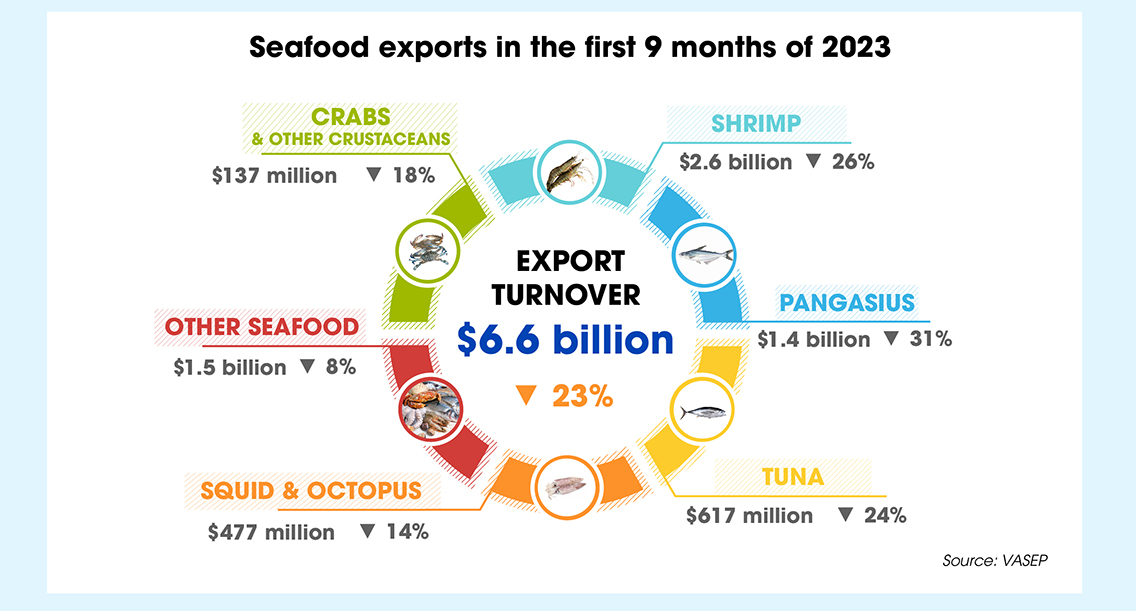
The group of 3 main products, including shrimp, pangasius, and tuna, all showed more positive signals in the third quarter. Regarding shrimp, after a decrease of 28% in the second quarter, shrimp exports in the third quarter were only 13% lower than the same period in 2022. Pangasius sales were 12% lower, and tuna sales were nearly 8% lower, compared to double-digit declines in the second quarter of 41% and 31%, respectively.
Crab and sentinel crab products (mainly sentinel crabs) also experienced a sharp increase in export turnover in the third quarter, more than 1.5 times higher than the second quarter and up 2% year-on-year.
Overall, total seafood exports in the third quarter decreased by 12% compared to last year’s period, the smallest drop in the first three quarters of the year.
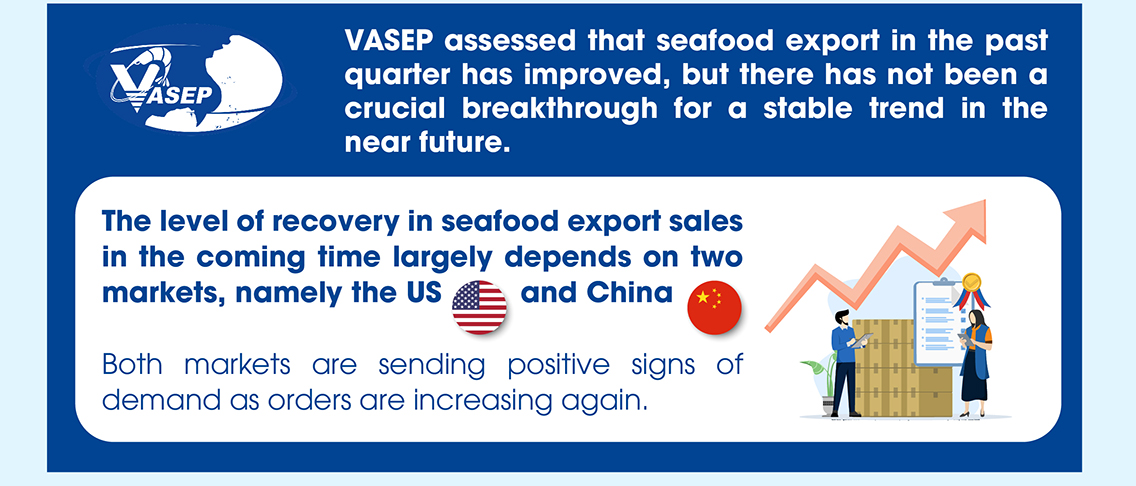
In light of the recovery of the seafood industry, businesses have come up with many solutions, such as finding ways to diversify products, exploring more niche markets, and upgrading technology. Nearly half of the VND15 trillion credit package for seafood and forestry businesses has been disbursed within the past 3 months. The result is expected to be a positive signal for the seafood industry in the last 3 months of this year.
The advantages of Vietnam’s seafood industry
According to VASEP, Vietnam’s seafood industry continues to affirm its position on the global seafood map with three advantages:
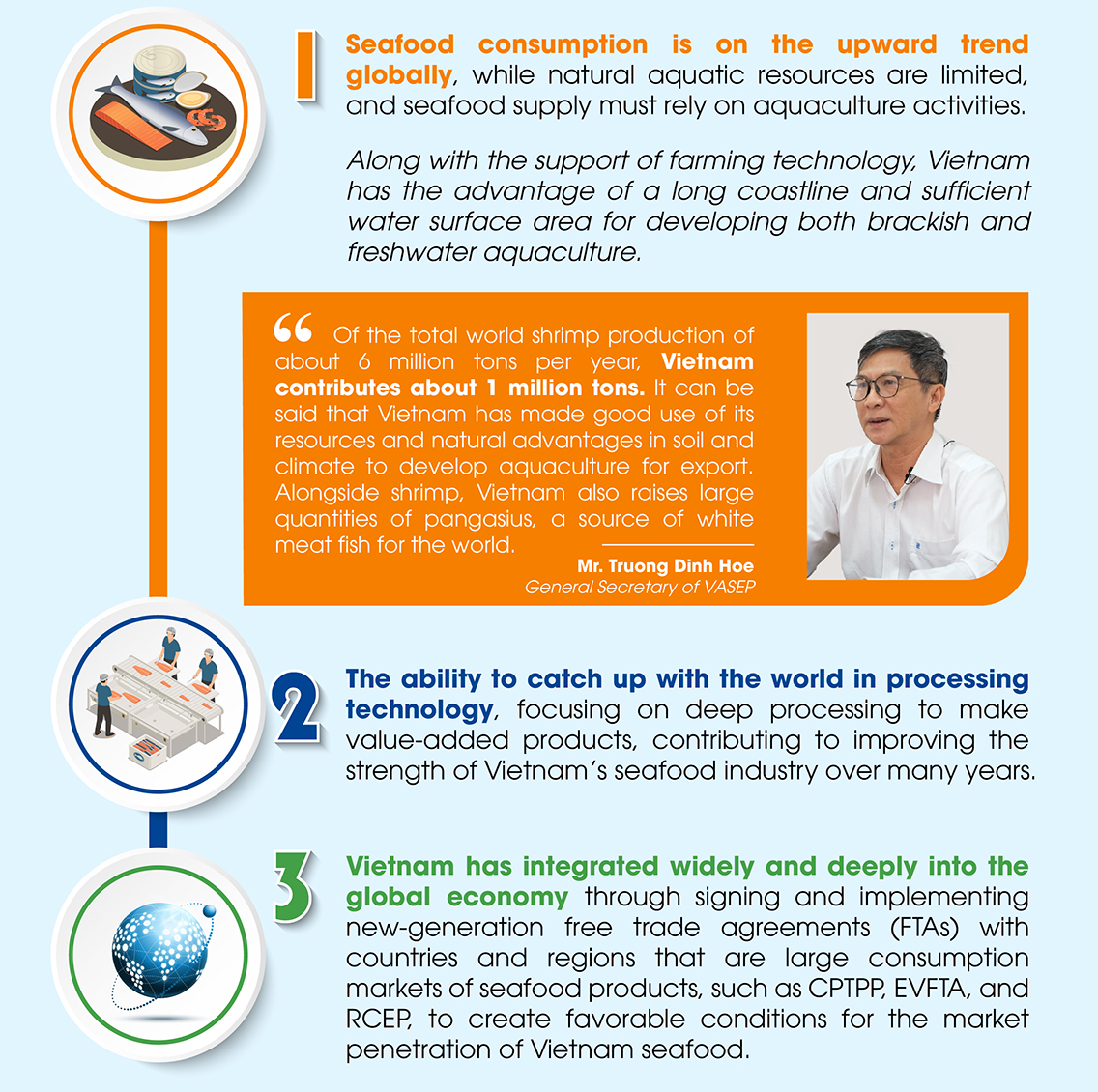
The opportunities for Vietnam seafood businesses
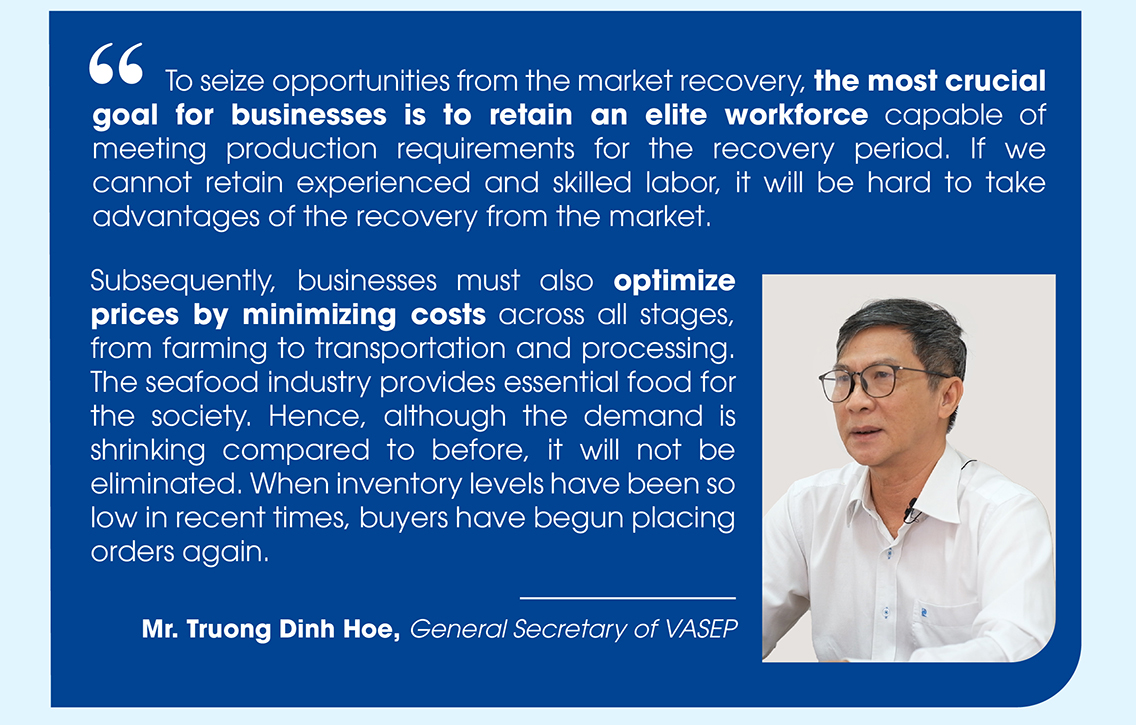
A noteworthy point is that consumers’ preference for low-price semi-prepared products is only a short-term trend when their incomes are affected due to the economic decline and inflation. The operation of restaurant chains has yet to fully recover. Businesses still identify the value-added products as the advantage that has established the Vietnamese seafood brand names, so they will not change their development strategy due to difficulties.

The outlook of developing Vietnam seafood industry
The National Programme on Aquaculture Development for the period 2021–2030 was issued by the Prime Minister in August 2022, outlining a development plan for the fisheries sector and aquaculture, including targets for two five-year periods.
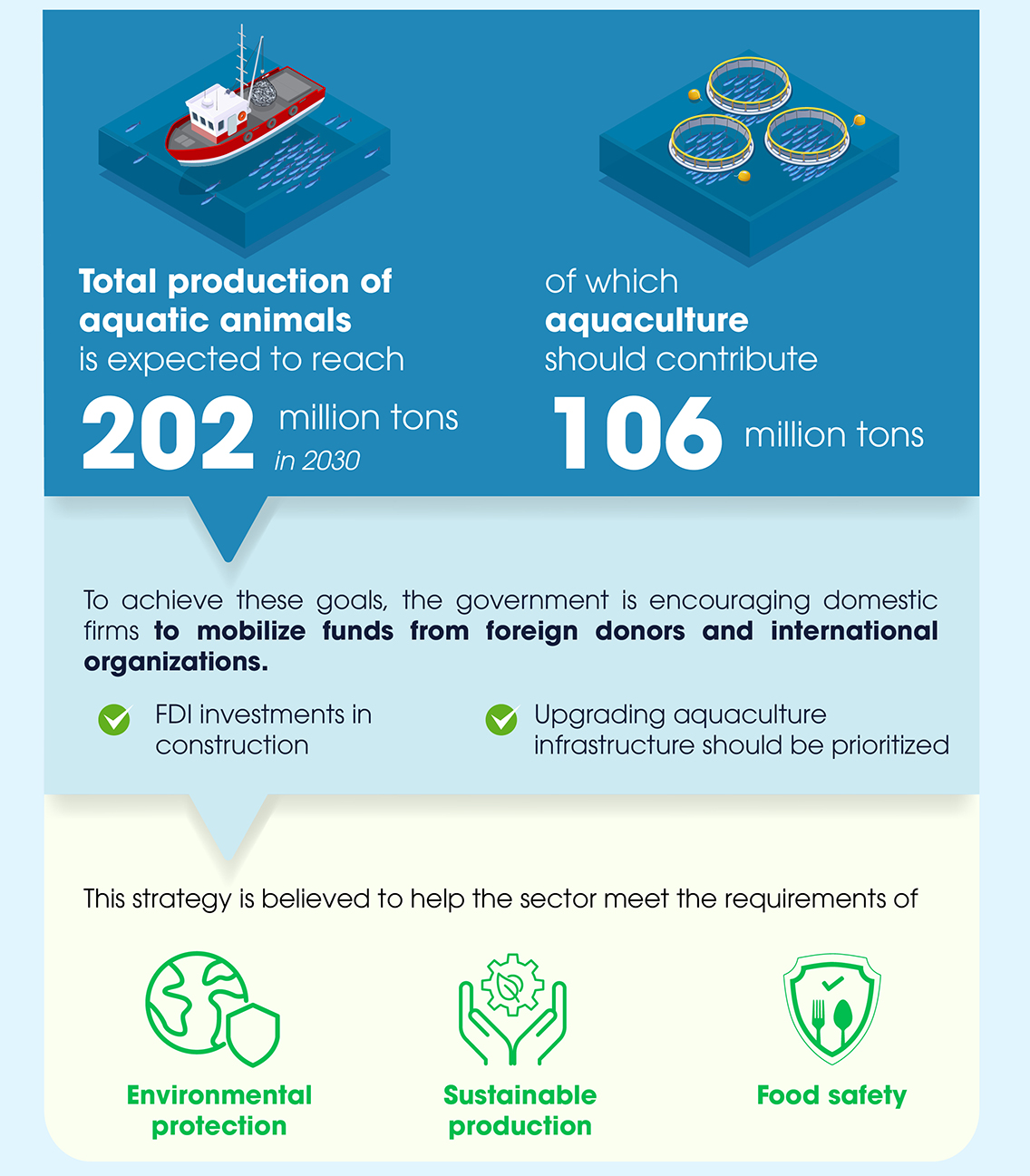
The aquaculture industry in Vietnam has shown promising figures, positioning itself to capitalize on the rising global demand for aquaculture products. Moreover, the recently approved aquaculture development plan also opens up new opportunities in this sector.

In addition to using high-quality membranes that meet the requirements for light transmittance and UV protection, it is very important to secure connections to ensure the membrane systems of shrimp farms operating stably in strong wind conditions. In particular, the connections must be consistent in quality and fully tested. Depending on the scale of shrimp farming and the size of the pond, the membrane house frame system needs a large span. Therefore, membrane house design must ensure load-bearing capacity and optimized costs, thereby increasing economic efficiency.





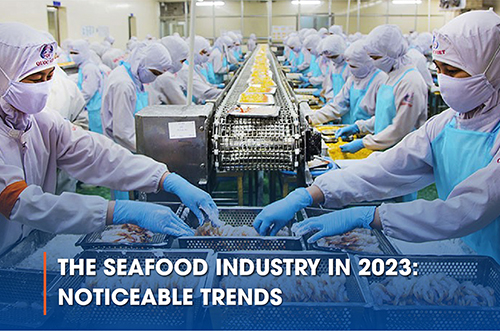





Comment